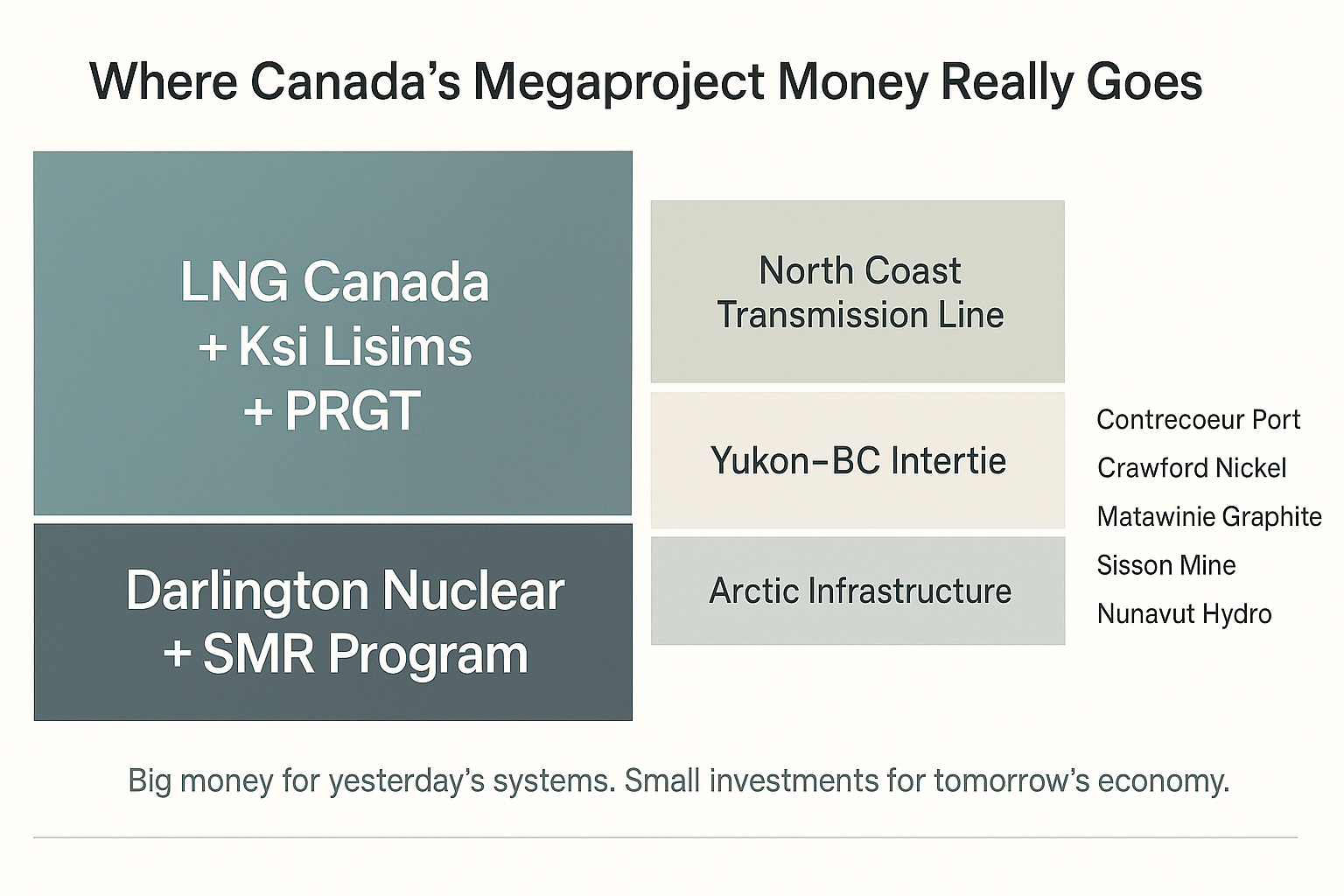Support CleanTechnica’s work through a Substack subscription or on Stripe.
CleanTechnica recently published an update on plug-in car sales in Australia for October 2025. It was mainly focussed on the top sellers. One of our readers pointed out: “It looks like the list has a long tail.” And asked the question: “How many models are selling more than 50?” Thank you, MJE — I will see if I can answer your question. I will only deal with October. Be aware that Australia has no domestic car production, and so deliveries depend on the arrival of a RORO ship. Also, many models have been launched this year, so year-to-date figures can be deceptive when looking at a car’s popularity.
Apart from the top ten, which are listed here, these are the cars that sold 50 or more battery electric units in October 2025:
Zeekr 7X — 178 units. (Pretty remarkable, as it has only been on the market for 2 months!) You can read about a new owner’s experience here.
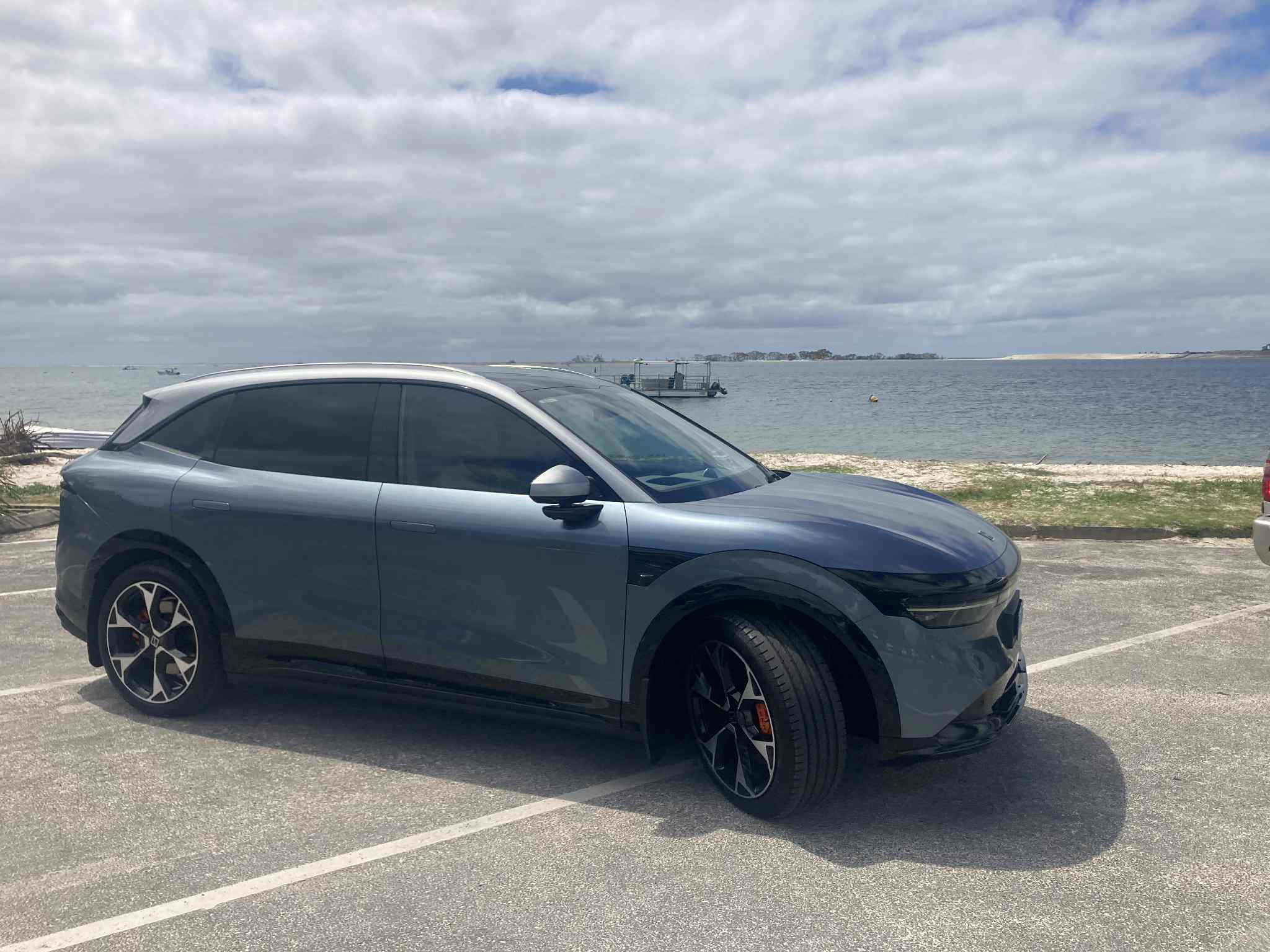
Volvo EX30 — 122. This is a great little car and 1,099 units have been so far this year. You can read about our interactions with the Volvo two years ago here.
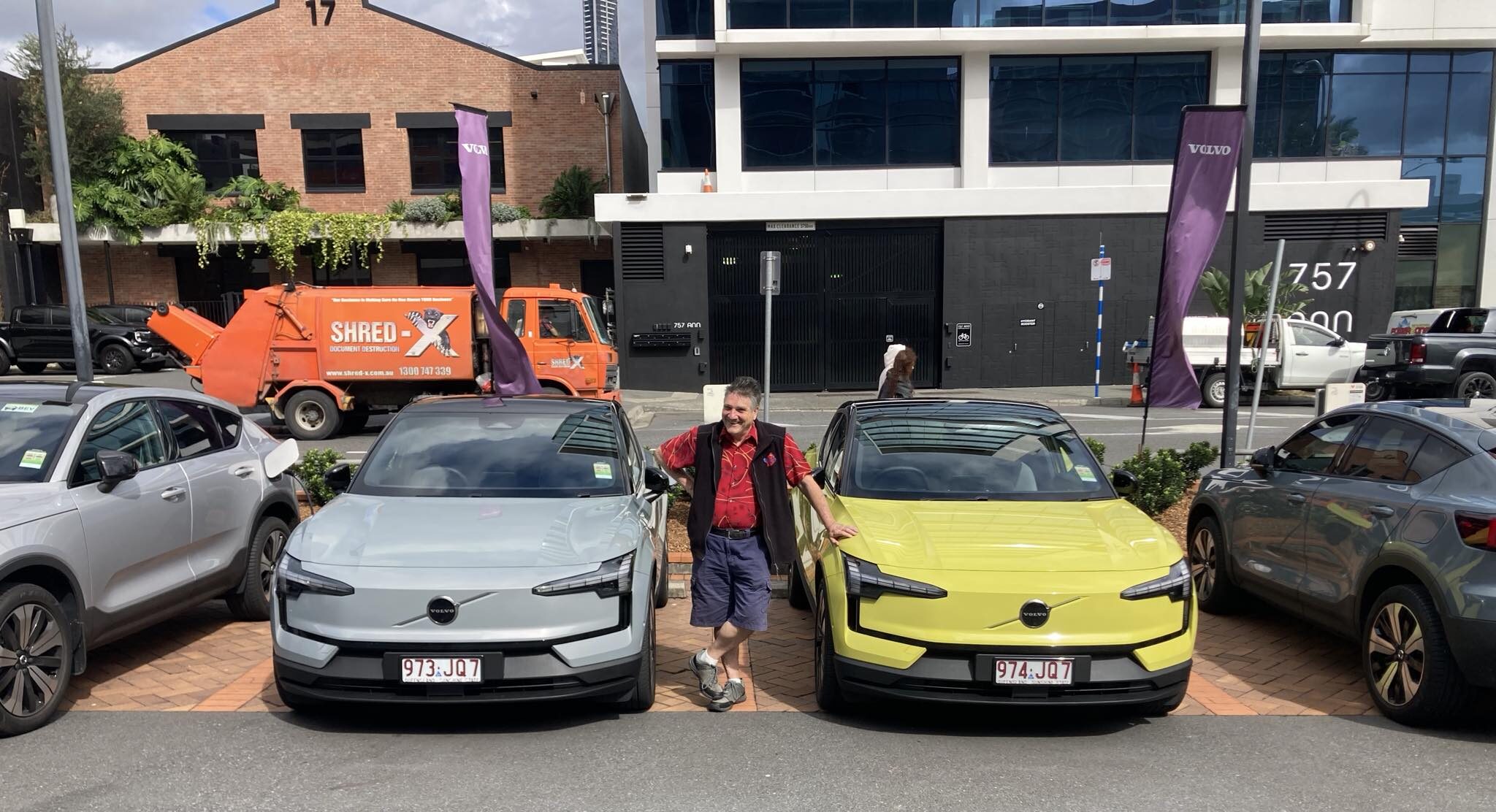
Toyota BZ4X — 121. We found this to be an underwhelming car. I suspect it is only selling because of the brand’s reputation. However, it does keep cropping up low down on best seller lists around the globe. I can’t wait for the new BEV models coming from Toyota. Perhaps they will finally crack the EV market.
MG4 — 106. Great little car that deserves to sell well. We found it drove like a Tesla lite.
Audi Q6 e-tron — 101.
GWM ORA — 99. I was so excited when this car arrived — it was the cheapest EV available in Australia a couple of years ago at AU$46,000. Now, you can almost buy a Tesla for that price. I think it would sell better if the price was below $30,000, but it is still listed as $35,000. Retro cute and low tech. Soon to be released as a CUV. Good luck, GWM.
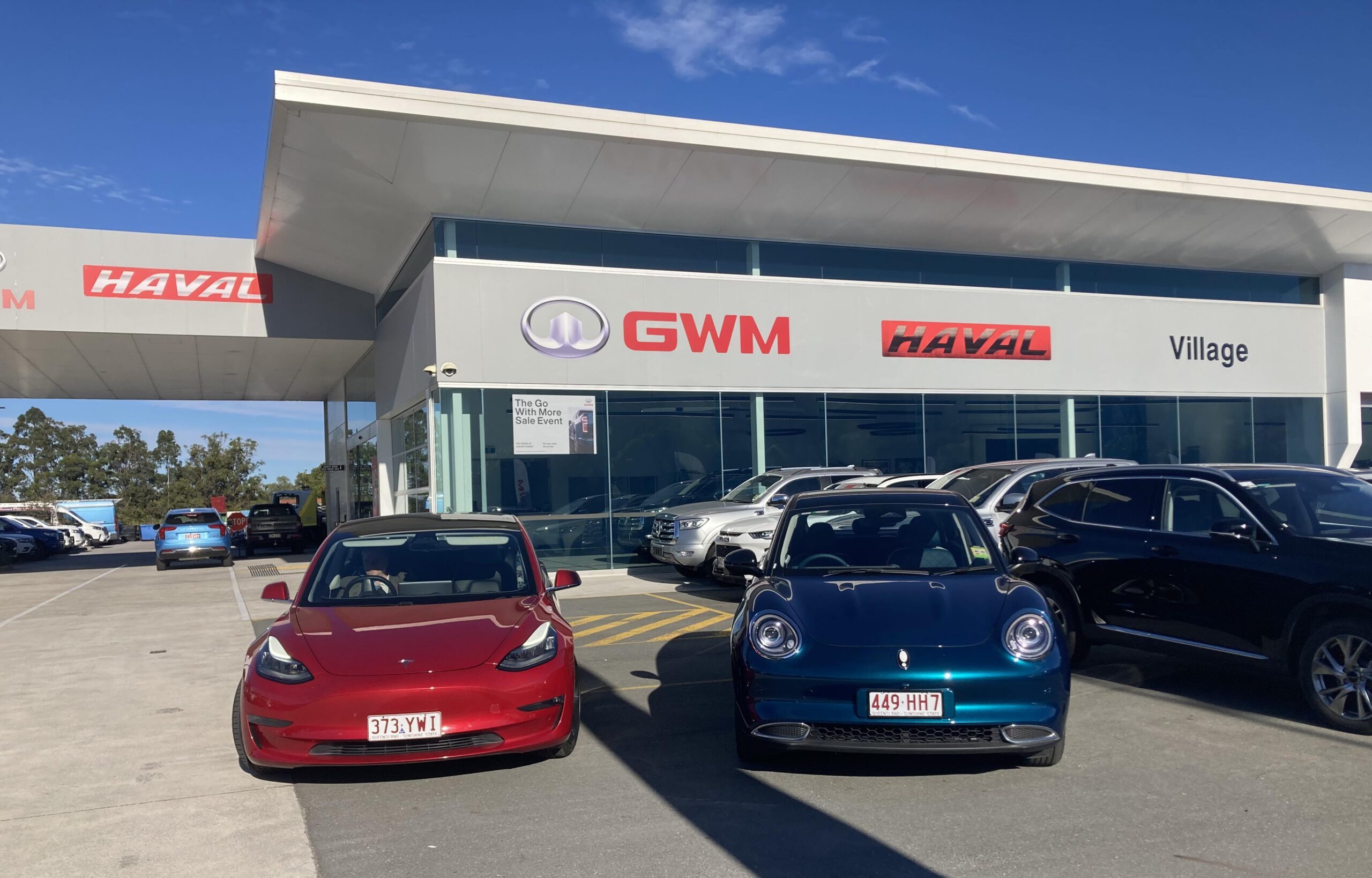
Mercedes EQB — 94.
BMW i5 — 87.
Polestar 3 — 78.
Chery E 5 (Omoda) — 77. We were impressed by the young salesperson who really knew his car. It’s a basic electric SUV without a lot of tech. Some people actually prefer this.

Ford Mustang Mach-e — 75. Hard to judge on a short drive – great car but massively overpriced.
MG IM6 — 70. Launched in April.
Volvo EX40 — 66. My sister-in-law drives one of these and says it gives her a thrill every time she gets into it — not an electrical short! Volvos are great at displaying charger availability on routes.
Polestar 4 — 66. Love the innovative “no back window.” Love the rear vision camera. Very comfortable and comes with a long range. Great tech.
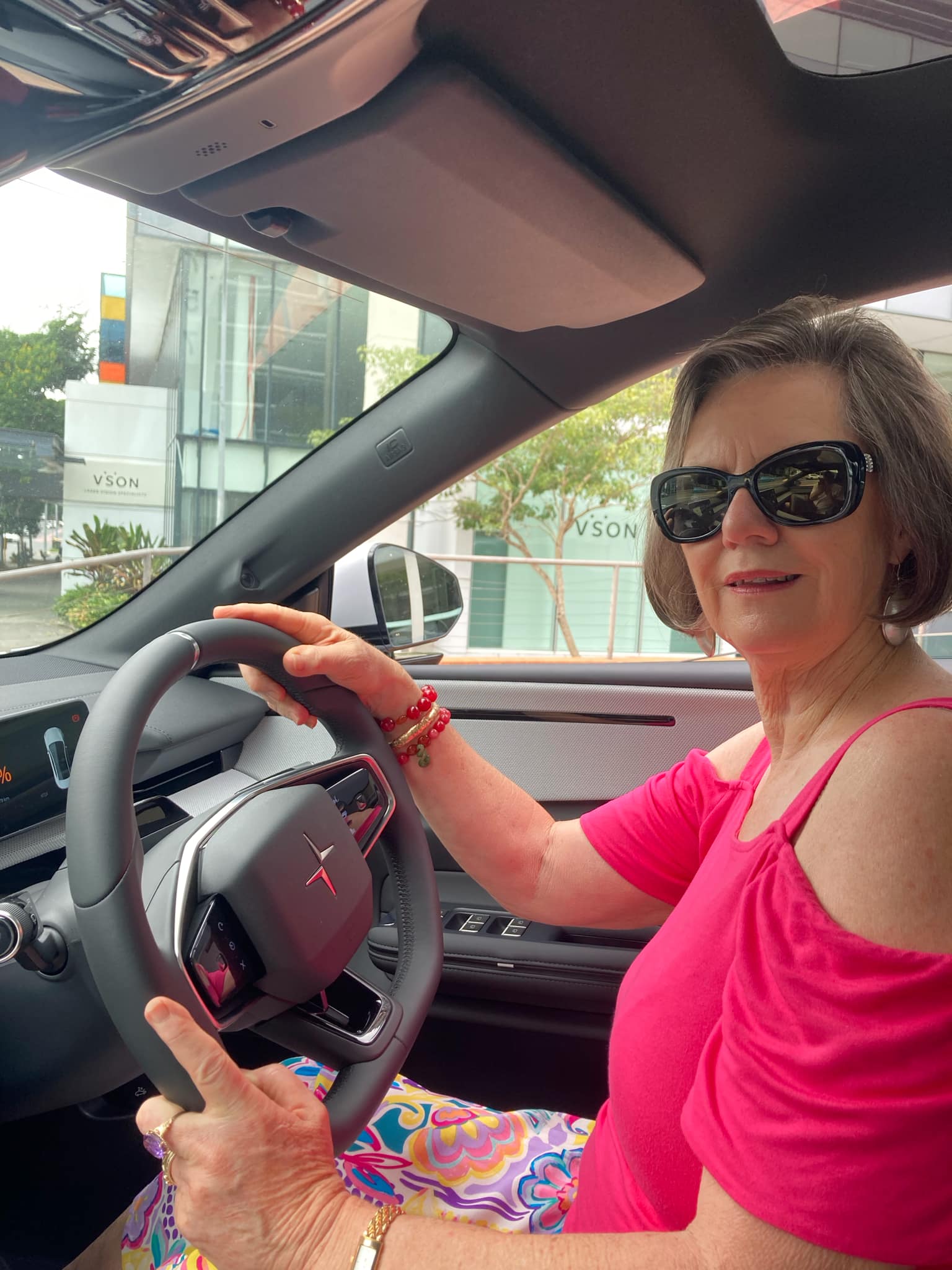
Volkswagen ID.5 — 59.
Leapmotor C10 — 57. Another value-for-money car that we were very impressed with. I expected it to do better than it has.
Skoda Enyaq — 57.
Mercedes EQ A — 52.
Audi Q4 e-tron — 50. Spotted one of these while the owner was cashing in recycled cans and bottles the other day! That was a surprise.
So, 19 BEV models sold 50 or more units in October 2025 without making the top ten. The Australian market has a lot of choice. As the discerning reader can see, it is a mixed bag of car sizes (though, mainly SUVs) and brands (though, mainly Europeans, 11, with a smattering of Chinese, 6, only one from the USA, and no Koreans). Remember, the top ten was Tesla, BYD, and Kia. There is only one Japanese carmaker — Toyota — thanks to the soon to be refreshed BZ4X (more range, efficiency, and performance).
Despite the dip in sales in October, the Australian plug-in vehicle market is still healthy. That didn’t stop the Sydney Morning Herald publishing a story headlined “Australia’s electric vehicle revolution stalls as sales plummet”on Nov 6, 2025. You can read the story here.
The story was completely incorrect — claiming a 17% drop in BEV numbers this year. It was so off, the SMH published a correction two days later. In small print! They stated that EV sales have increased this year, though not by much, which is indeed the case. January to October figures for BEVs in 2024 represented 7.6% of Australian auto sales, while BEV sales in January–October 2025 represented 8.4% of Australian auto sales. PHEVs, meanwhile, have doubled.
Some positives to come from the SMH article came from polling that “found one in 10 Australians were considering buying an electric vehicle in the next two years, one in five were looking to buy a hybrid car, while 35 per cent of people were considering buying a petrol or diesel car.” Strange numbers, since they only add up to 65%. Are a lot of Australian’s still making up their minds? It’s a difficult job in the maelstrom of FUD-causing disinformation.
The messaging of the Federal Chamber of Automotive Industries seems to be changing. (Note: Tesla and Polestar quit the group over its antipathy to fuel efficiency standards.) The FCAI VFACTS report has recorded an 8% decline in the year-to-date sales of ICE vehicles, and Chief Executive Tony Weber said it was unlikely they would ever rise again. Australia has passed peak ICE!
“Australians and motorists right around the world are looking for low-emission vehicle technologies that suit their needs,” Weber said. WOW, that’s quite an admission.
Maybe now the entrenched fossil fuel interests will realise that EVs, although competing with each other, are mainly competing with ICE vehicles. Many more EVs will launch in the next twelve months. The two niche markets which currently lack variety are small cars and utes. I expect this situation to be remedied soon. BYD’s successes in these two areas will encourage other makers to follow suit. I am referring to the Atto 2 and the Shark 6 PHEV ute. After all, the highest selling car in China is the Wuling Mini, and BYD is introducing an electric kei car to Japan! As Mini pointed out in this cheeky ad from the ’70s, you don’t need a big one to be happy! Thanks to James at EVDB for this suggestion.
Yes, MJE, the tail of Australian BEV sales statistics is a long one. Lots of choice. I expect it to get longer and more varied. Thanks for the question. As always, Australia’s future is bright and electric.
Sign up for CleanTechnica’s Weekly Substack for Zach and Scott’s in-depth analyses and high level summaries, sign up for our daily newsletter, and follow us on Google News!
Have a tip for CleanTechnica? Want to advertise? Want to suggest a guest for our CleanTech Talk podcast? Contact us here.
Sign up for our daily newsletter for 15 new cleantech stories a day. Or sign up for our weekly one on top stories of the week if daily is too frequent.
CleanTechnica uses affiliate links. See our policy here.
CleanTechnica’s Comment Policy


